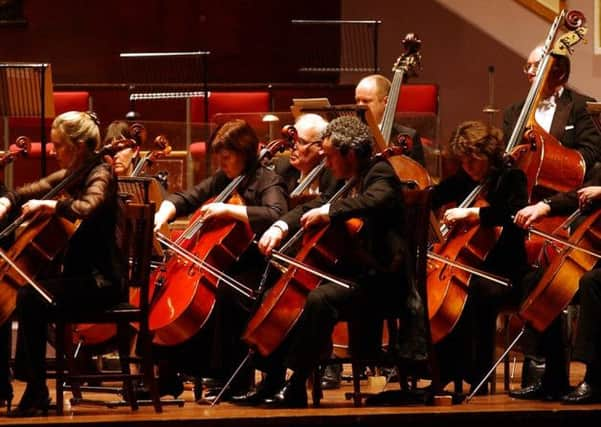Classical review: RSNO, Glasgow Royal Concert Hall


RSNO: Turangalîla-symphonie - Glasgow Royal Concert Hall
* * * *
At times opulently vulgar, at times mind-numbingly sublime, it lives and breathes by extremes and excess – whether emotionally, or through a musical language that swings violently between brazen tonality, searing lyricism and tortuous dissonance. There is nothing so self-indulgent and, at the same time, so universally expressive as this 20th-century classic. It’s music to get monstrously high on.
Saturday’s performance by the Royal Scottish National Orchestra under Thomas Søndergård hit the ground running. Breakneck speed and brutal rhythmic vitality fed the first of the ten movements with hi-octane energy and delirium, from which unfolded 80 minutes of unbridled ecstasy – the dichotomous Love Song 1, with its clashing exposition of love-most-tender, love-most-carnal; the quintessential garden of dreams in the Jardin du Sommelier d’Amour, filled with exotic bird calls; and the sheer joyous abandon of the Finale.
Advertisement
Hide AdSøndergård got his pound of flesh from the players, knitting together Messiaen’s complex scoring – a mega-orchestra further augmented by dominant solo piano (the animated Markus Bellheim), the ethereal swooping of the electronic ondes Martenot (Jacques Tchamkerten), and enough percussive armoury to fight a war – with a sharpened sense of the composer’s kaleidoscopic visualisation.
Strangely, it was in the central Joie du Sang des Étoiles, and then towards the end, that some of the earlier intensity dissipated. Tiredness, perhaps? It was certainly an exhausting evening all round. But an occasion to remember.
Seen on 15.03.14.